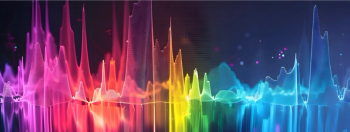
Call for Papers: FT-IR supplement (August 2013)
Spectroscopy magazine is seeking contributed manuscripts for its August 2013 supplement on Fourier transform-infrared (FT-IR) spectroscopy.
Spectroscopy
magazine is seeking contributed manuscripts for its August 2013 supplement on FT-IR spectroscopy. Suitable papers will discuss recent advances in the methods or its applications.
Readers may wish to review our 2012 and 2011 supplements.
Manuscripts should be approximately 2,000-2,500 words long, plus figures and tables as needed, including an abstract of approximately 150-200 words. Applications articles should follow a standard experimental article format. Figures and tables, along with their captions, should appear at the end of the manuscript, and figures also must be sent as separate files, preferably in JPG, TIF, PNG, or XLS format. References should be called out using numbers in parentheses and listed at the end of the manuscript in numerical order.
Complete author guidelines are available at the following link: guidelines
Due date for abstract submission: May 22, 2013
Due date for completed articles: July 1, 2013
Suggested article length: ~2000–2500 words, plus figures and tables as needed
Where to submit: Send all proposals and completed articles to Editor Laura Bush.
(tel. +1.732.346.3020).
About Spectroscopy:
Newsletter
Get essential updates on the latest spectroscopy technologies, regulatory standards, and best practices—subscribe today to Spectroscopy.





